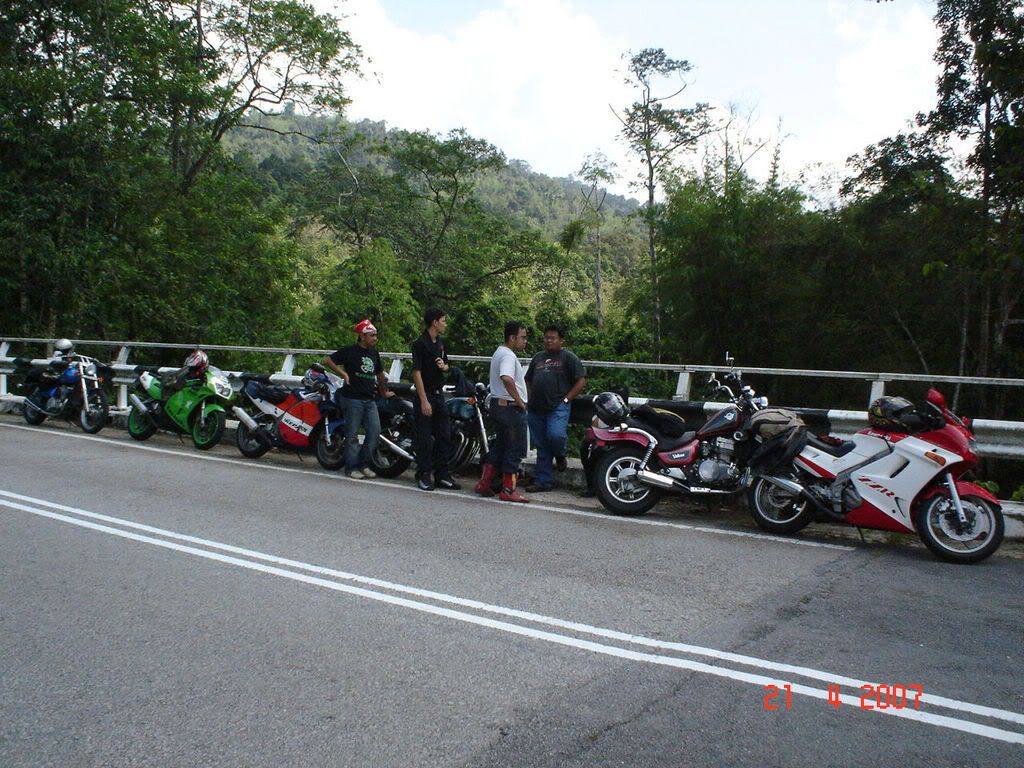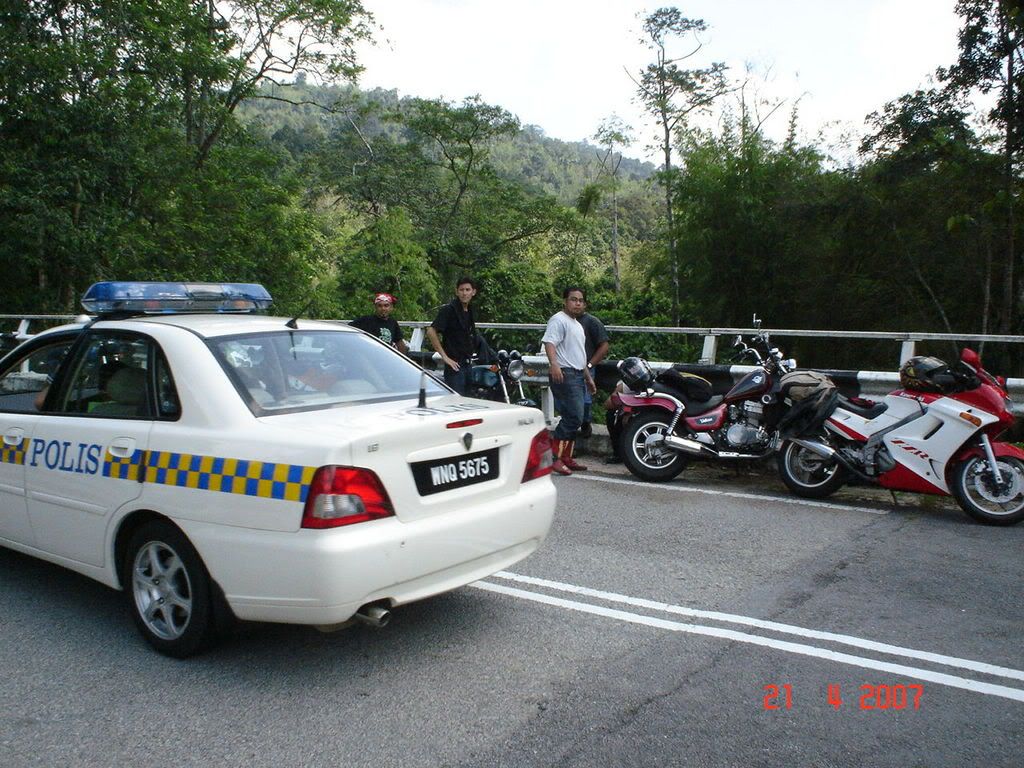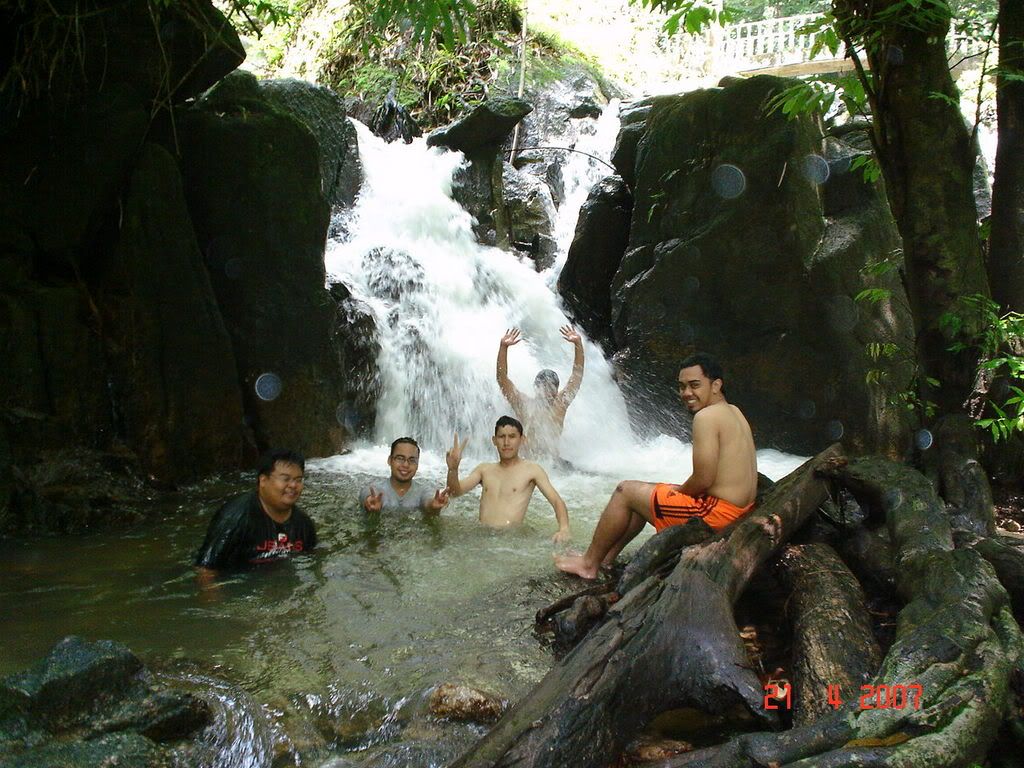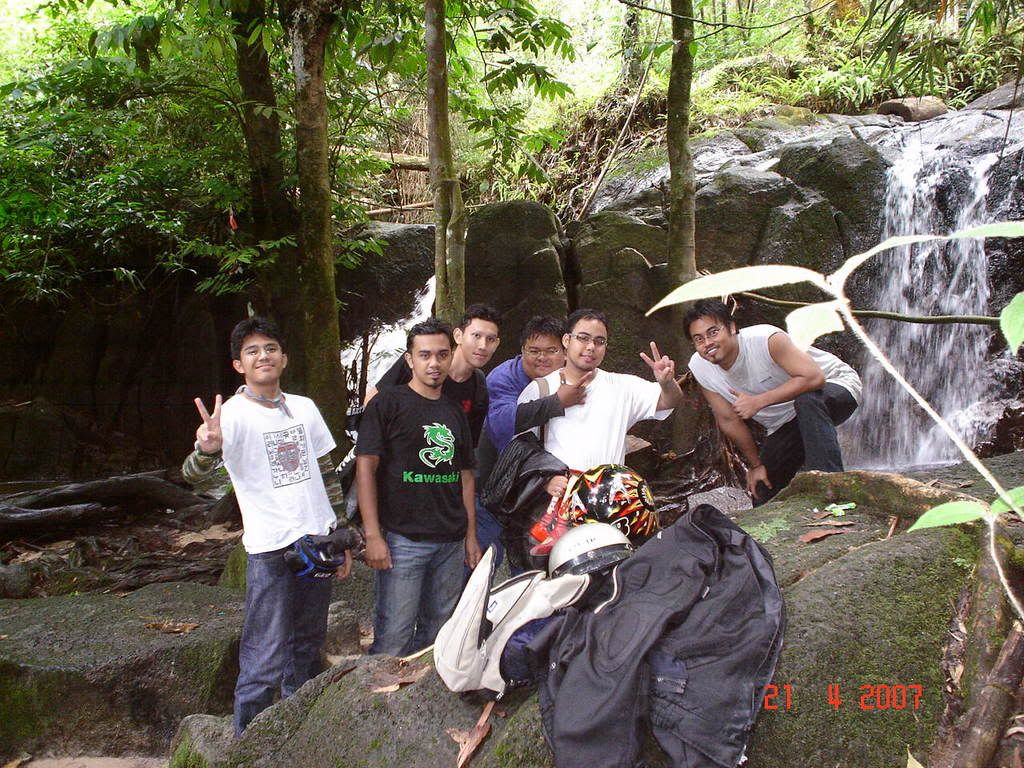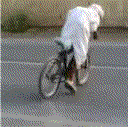So, here's the result.
| Po. | No. | Riders | Tyre | Team | Machine | Maker | Laps | Time | Best Lap Time | Best Lap |
| 1 | 71 | Chris Vermeulen |  | Rizla Suzuki MotoGP | GSV-R | Suzuki | 28 | 50:58.713 | 1:39.477 | 6 |
| 2 | 33 | Marco Melandri |  | Honda Gresini | RC212V | Honda | 28 | 51:11.312 | 1:40.050 | 4 |
| 3 | 27 | Casey Stoner |  | Ducati Marlboro Team | Desmosedici GP7 | Ducati | 28 | 51:26.060 | 1:39.537 | 5 |
| 4 | 26 | Dani Pedrosa | MI | Repsol Honda Team | RC212V | Honda | 28 | 51:36.041 | 1:38.744 | 5 |
| 5 | 66 | Alex Hofmann |  | Pramac d'Antin | Desmosedici GP7 | Ducati | 28 | 51:47.879 | 1:40.161 | 6 |
| 6 | 46 | Valentino Rossi | MI | FIAT YAMAHA TEAM | YZR-M1 | Yamaha | 28 | 51:52.276 | 1:40.273 | 5 |
| 7 | 21 | John Hopkins |  | Rizla Suzuki MotoGP | GSV-R | Suzuki | 28 | 51:59.786 | 1:38.678 | 5 |
| 8 | 65 | Loris Capirossi |  | Ducati Marlboro Team | Desmosedici GP7 | Ducati | 28 | 52:19.954 | 1:38.678 | 5 |
| 9 | 6 | Makoto Tamada | DL | Dunlop Yamaha Tech 3 | YZR-M1 | Yamaha | 27 | 51:34.842 | 1:38.915 | 5 |
| 10 | 50 | Sylvain Guintoli | DL | Dunlop Yamaha Tech 3 | YZR-M1 | Yamaha | 27 | 51:40.165 | 1:38.825 | 6 |
| 11 | 11 | Fonsi Nieto |  | Kawasaki Racing Team | Ninja ZX-RR | Kawasaki | 27 | 51:50.572 | 1:43.681 | 4 |
| 12 | 5 | Colin Edwards | MI | FIAT YAMAHA TEAM | YZR-M1 | Yamaha | 25 | 51:06.769 | 1:48.875 | 2 |
| 13 | 4 | Alexandre Barros |  | Pramac d'Antin | Desmosedici GP7 | Ducati | 27 | 1:39.970 | 5 | |
| 14 | 10 | Kenny Roberts | MI | Team Roberts | KR212V | KR212V | 26 | 1:51.967 | 4 | |
| 15 | 1 | Nicky Hayden | MI | Repsol Honda Team | RC212V | Honda | 25 | 1:39.485 | 5 | |
| 16 | 56 | Shinya Nakano | MI | Konika Minolta Honda | RC212V | Honda | 20 | 1:40.004 | 6 | |
| 17 | 14 | Randy De Puniet |  | Kawasaki Racing Team | Ninja ZX-RR | Kawasaki | 8 | 1:39.522 | 5 | |
| 18 | 24 | Toni Elias |  | Honda Gresini | RC212V | Honda | 7 | 1:39.288 | 7 | |
| 19 | 7 | Carlos Checa | MI | Honda LCR | RC212V | Honda | 6 | 1:39.866 | 5 |
This is the latest championship table.
 Source from Bridgestone and MotoGP.
Source from Bridgestone and MotoGP.








